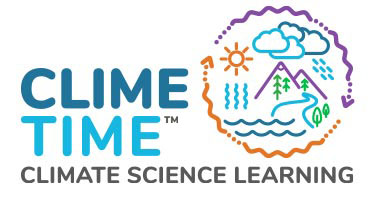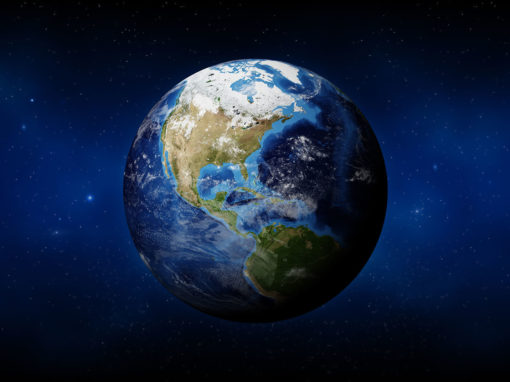This assessment task is aligned with middle school grades 6-8. The assessment context within the middle school curriculum is thermal energy transfer and developing a model for particle motion as energy transfers. Students are presented with a discrepant event when two ice cubes of the same size next to each other melt at astonishingly different rates. Before starting this assignment, students should have practice with drawing motion lines on particles and with drawing arrows for direction of heat transfer – this is not their first activity working with conduction and particles.
Assessment 3D Learning Target
Develop a model that predicts and describes differences in the transfer of thermal energy in different materials.
Standard Addressed
PE: MS-PS1-4: Develop a model that predicts and describes changes in particle motion, temperature, and state of a pure substance when thermal energy is added or removed.
By Dimension: Specific dimension pieces that this assessment will center on.
SEP(s):
Construct an Explanation (Part 1 & Part 2)
- Construct an explanation using models or representations.
- Apply scientific ideas, principles, and/or evidence to construct, revise and/or use an explanation for real world phenomena, examples, or event.
Develop & Use Models (Part 2)
- Develop and/or use a model to predict and/or describe phenomena.
- Develop a model to describe unobservable mechanisms.
DCI(s):
PS1.A: Structure and Properties of Matter
- In a liquid, the molecules are constantly in contact with others; in a gas, they are widely spaced except when they happen to collide. In a solid, atoms are closely spaced and may vibrate in position but do not change relative locations.
PS3.A: Definitions of Energy
- Temperature is a measure of the average kinetic energy of particles of matter. The relationship between the temperature and the total energy of a system depends on the types, states, and amounts of matter present.
PSB.3: Conservation of Energy and Energy Transfer
- The amount of energy transfer needed to change the temperature of a matter sample by a given amount depends on the nature of the matter (partial).
CCC(s):
Cause and Effect
- Cause and effect relationships may be used to predict phenomena in natural or designed systems.
Energy and Matter
- The transfer of energy can be tracked as energy flows through a designed or natural system.
Files
- Teacher Guide
- Task Facilitation Slides
- Student Task Document
- Sense-Making Tool (coming soon)
Other Assessment Resources >
Creators
- Lexi Macnevin, Lynden School District
- Jeff Ryan, Olympic Educational Service District
- Elizabeth Vroom, Bainbridge Island School District




